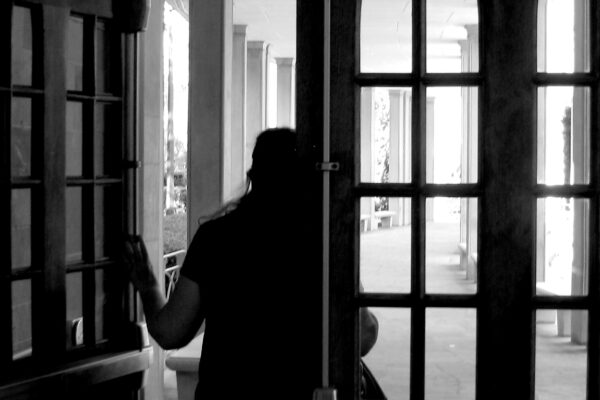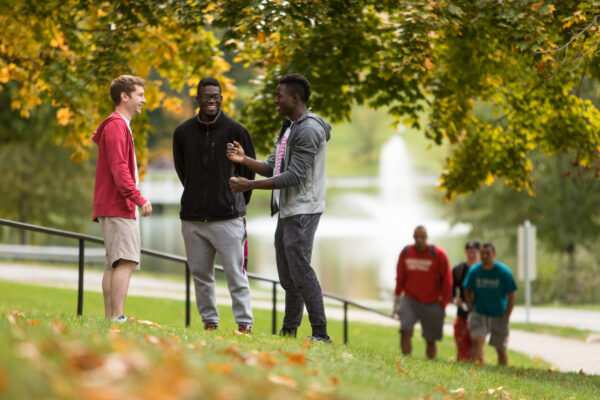Guns on Campus May Change the Nature of the Learning Environment
Philip Rogers, ACE vice president and chief of staff, looks at the ACE2016 session on guns on campus, presented with the National Association of Presidential Assistants in Higher Education.
The frantic phone call came in to my office mid-morning from the university’s chief public safety officer.
At the time, I was chief of staff to the chancellor at a regional public university. Someone had reportedly observed an armed intruder entering the campus grounds with what they believed to be an assault rifle.
The campus was immediately placed on lock down and the search for a suspect commenced. After nearly six terrifying hours, police determined that the report was unfounded. However, an anxious cloud still loomed over the campus community after what felt like a very real and daunting event.
The horrific act of deadly shooting rampages at colleges and universities tragically are not new. As expert panelists during an ACE2016 session about “Guns on Campus” noted, this heightened threat has once again catalyzed the controversial debate over campus carry laws; and, according to David Daniel, deputy chancellor of the University of Texas System, his state and institution are at the center of this challenging conversation.
On June 1, 2015, Texas Gov. Greg Abbott signed S.B. 11, which provides that gun license holders may carry a concealed handgun throughout university campuses, starting Aug. 1, 2016. S.B. 11 is one of 10 campus carry laws passed in the states, most recently in Georgia.
UT System leaders have been critical of the law but remain committed to upholding it. While Daniel noted that there is a provision allowing university presidents to establish reasonable rules to prohibit concealed weapons in specific areas (such as patient care facilities, child care centers, or labs with dangerous chemicals), the number one issue is how the potential for guns in class can change the nature of the learning environment.
Daniel and his fellow panelist Steven Healy, a nationally recognized expert on public safety, said this law may have the unintended impact of changing the character and intent of what happens in the classroom—particularly with student-faculty interactions on sensitive subjects.
Healy recommended that universities facilitate constructive and informed conversations about how campus carry will impact the learning environment. Shared governance, in particular, will play a role in how institutions can respond with an informed conversation, he said.
As a result of productive campus discussions, universities within the UT System have enhanced the training of law enforcement officers, stepped up training for campus constituencies, installed more panic buttons and cameras, and used this new law as an opportunity for positive change. Despite the implementation of many effective campus safety strategies, however, the threat of a campus shooting will always remain an issue that keeps our nation’s college and university leaders awake at night.
If you have any questions or comments about this blog post, please contact us.


